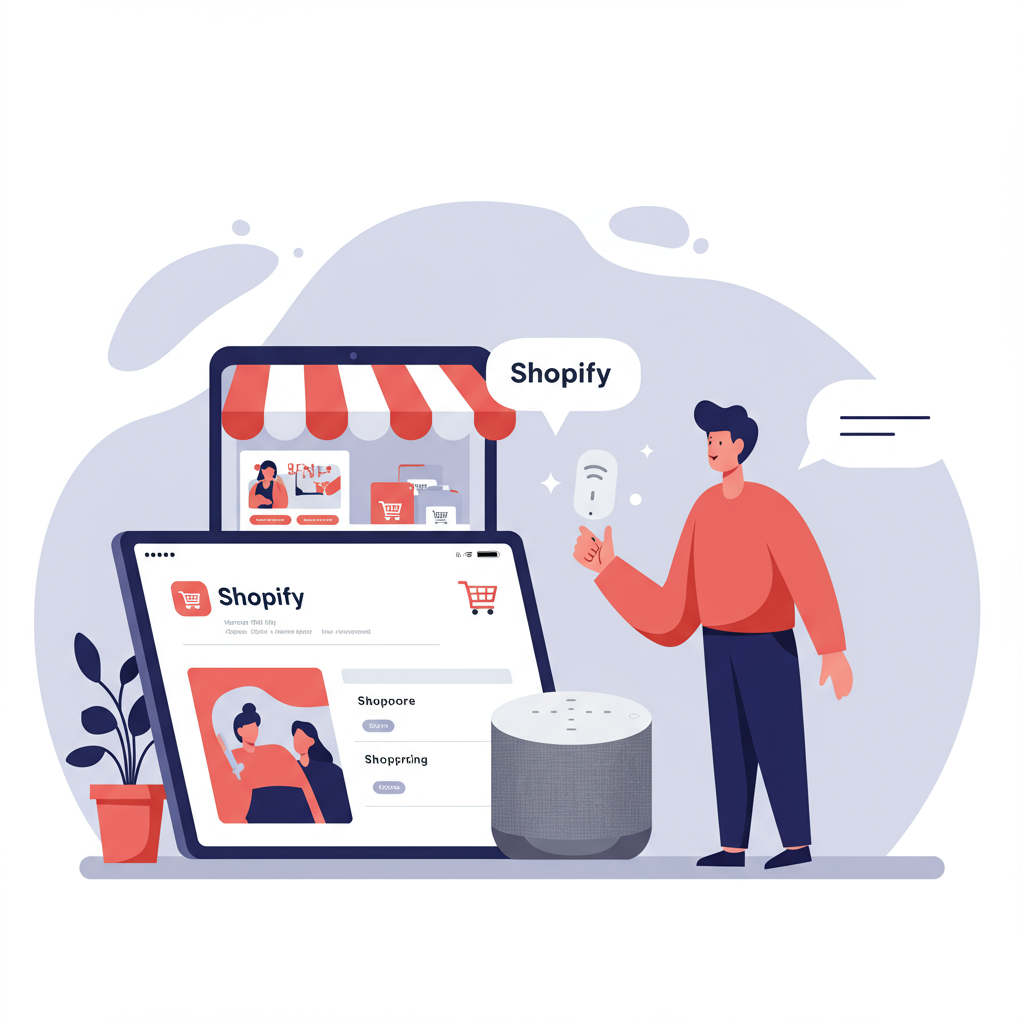Unlock new customer pathways by making your Shopify store discoverable through conversational queries.
As a Shopify merchant, I’m constantly looking for new ways to help my store stand out and reach more customers. One area that’s rapidly gaining prominence, and which I believe you absolutely cannot afford to ignore, is voice search optimization.
Voice search, powered by devices like Amazon Echo, Google Home, and even our smartphones, is fundamentally changing how people interact with the internet. It’s no longer just about typing queries; it’s about speaking them naturally.
For us in e-commerce, this shift presents both a challenge and a massive opportunity. If we can adapt our Shopify stores to be voice-search friendly, we can tap into a growing segment of users who prefer the convenience of speaking their searches.
I’ve spent a lot of time researching and implementing strategies for my own store, and I want to share my insights with you. My goal is to equip you with actionable tips to optimize your Shopify store for voice search, ensuring you don’t miss out on potential sales.
First, let’s understand why voice search is different from traditional text-based search. When people speak, they use more conversational language, often in the form of questions, and their queries tend to be longer and more specific.
This means that the short, exact-match keywords we’ve traditionally focused on for SEO might not be as effective for voice. Instead, we need to think about long-tail keywords and natural language phrases that mimic how someone would speak.
One of the most crucial steps I’ve taken is to focus on conversational content. I ask myself, “If a customer were to ask a question about my product or service, how would they phrase it?” Then, I ensure my content directly answers those questions.
This often involves creating dedicated FAQ sections on product pages or even a comprehensive FAQ page for the entire store. Each question should be phrased as a common voice query, and the answer should be clear, concise, and direct.
Another key area I’ve concentrated on is optimizing for long-tail keywords. These are phrases of three or more words that are highly specific. For example, instead of “running shoes,” a voice search might be “best running shoes for flat feet in New York.”
I use keyword research tools to identify these longer, more natural phrases that my target audience might use. Then, I strategically incorporate them into my product descriptions, blog posts, and page titles.
Local SEO is also incredibly important for voice search, especially for businesses with a physical presence or those targeting local customers. Many voice queries have a local intent, like “find a shoe store near me.”
I ensure my Google My Business profile is completely optimized and up-to-date with accurate information, including my store’s address, phone number, opening hours, and a clear description of what I offer.
Implementing schema markup is another technical step I highly recommend. Schema.org vocabulary helps search engines understand the context of your content, making it easier for them to provide relevant answers to voice queries.
I’ve focused on product schema, FAQ schema, and local business schema. This structured data tells search engines exactly what kind of information is on my page, increasing the likelihood of my content appearing in voice search results.
Page speed is paramount. Voice search users expect immediate answers, and slow-loading pages will quickly lead to abandonment. I regularly audit my Shopify store’s loading times and optimize images, use efficient themes, and minimize unnecessary apps.
Mobile responsiveness is non-negotiable. A significant portion of voice searches originate from mobile devices. I always ensure my Shopify store provides a seamless and intuitive experience across all screen sizes.
Aiming for featured snippets, also known as “Position Zero,” is a smart strategy. These are the concise answers that Google often pulls directly from a webpage and displays at the top of the search results.
To achieve this, I structure my content with clear headings, use bullet points or numbered lists for easy readability, and provide direct answers to common questions within my content.
I also make sure my product descriptions are not just lists of features, but rather conversational narratives that explain benefits and answer potential customer questions. Think about how a salesperson would describe the product verbally.
Beyond product pages, I leverage my Shopify blog to create content that directly answers common questions related to my niche. These articles become valuable resources for voice search queries.
Regularly testing my structured data using Google’s Structured Data Testing Tool or Rich Results Test is a practice I’ve adopted. This ensures that my schema markup is correctly implemented and recognized by search engines.
I also pay close attention to customer reviews and testimonials. Voice search users often ask for recommendations or “best of” lists, and strong social proof can significantly boost your visibility and credibility.
Monitoring my analytics for voice search queries, if available through my tools, helps me understand what questions customers are asking and refine my content strategy accordingly. It’s an ongoing process of learning and adaptation.
The future of voice search is exciting, with AI becoming even more sophisticated. I believe staying ahead means continuously refining our content to be more natural, more helpful, and more directly answer user intent.
What do you think about this article? Have you started optimizing your Shopify store for voice search, or are these tips new to you? I’d love to hear your thoughts and experiences.
In conclusion, voice search optimization isn’t just a trend; it’s a fundamental shift in how people find information and products online. By embracing these strategies, you can position your Shopify store for future success.
I encourage you to start implementing these tips today. Even small changes can make a big difference in how discoverable your Shopify store becomes through voice search.






